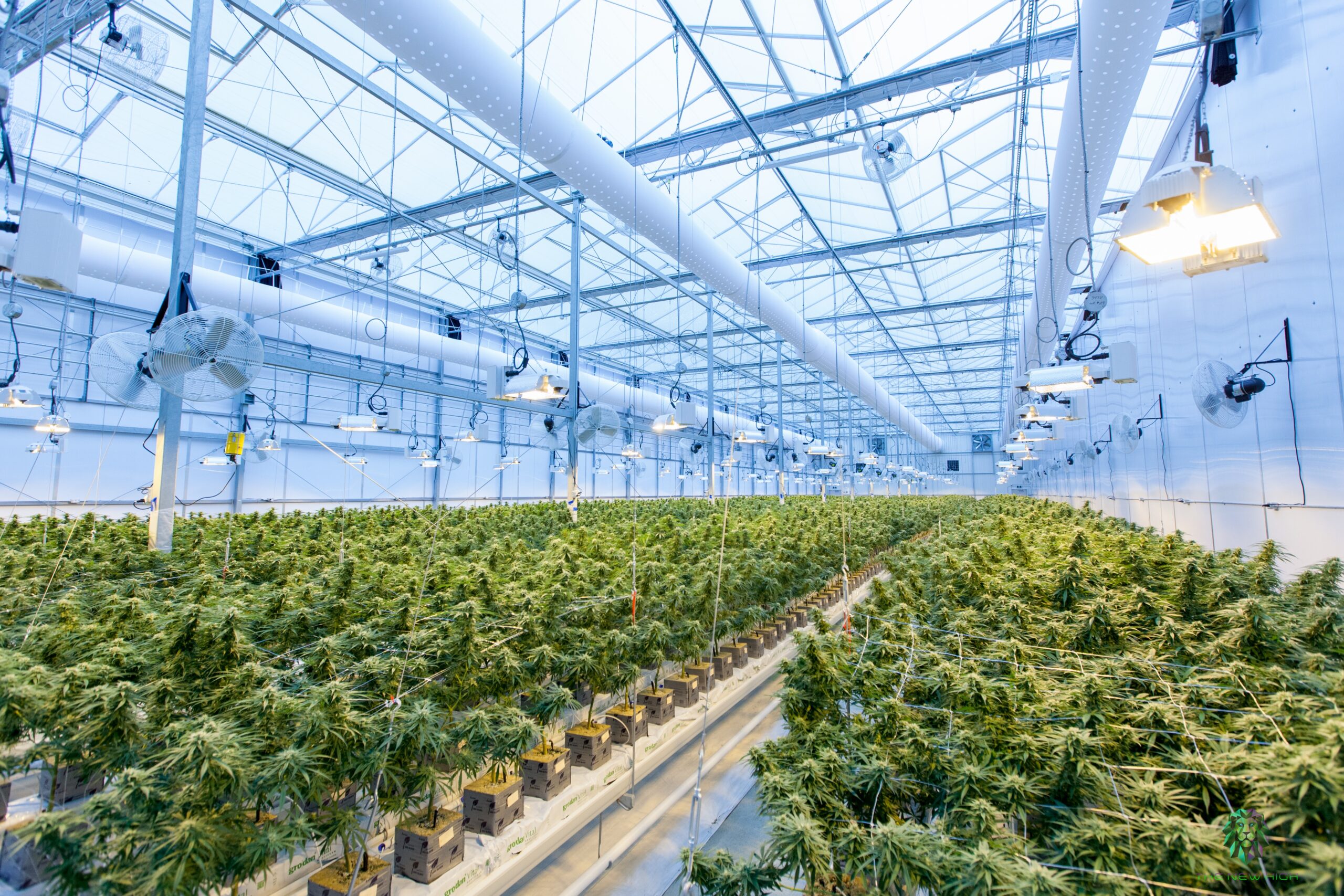Good crop management depends on having the right information to make necessary decisions. In the past, the grower has been the greenhouse sensor and control system – checking conditions and adjusting equipment settings as needed to optimise crop growth.
Utilizing Sensors for Environmental Monitoring
To improve crop management, a number of sensors and instruments can (and should) be used to gather information. A computer control system can then use this information to make regular adjustments to equipment settings to optimise growing conditions.
Monitoring growing conditions is essential. Even without automated control of the production system, it is not possible to make the right decisions about the crop without having the right information. Temperature and relative humidity (and/or vapour pressure deficit) need to be monitored in every greenhouse.
Light levels should be checked at least periodically to make sure covering materials are performing adequately, but ideally, light levels need to be checked on a regular basis in order to know the optimal temperature regime for the crop. The electrical conductivity and pH of both the feed and drain solutions should be monitored in every hydroponic system.

A basic lay-out of the different electronic components in greenhouse farming
Advanced Sensor Technologies in a Greenhouse
Temperature and relative humidity sensors should be placed level with the growing tip of the crop. Placing a thermometer near the door of a greenhouse might be convenient but it will not give you the information needed for producing an optimal crop.
Medium and high-technology greenhouse make use of a range of sensors which link into automated control systems. These systems can monitor temperature, relative humidity, vapour pressure deficit, light intensity, electrical conductivity (feed and drain), pH (feed and drain), carbon dioxide concentrations, wind speed and direction and even whether or not it is raining. The information is used to control heating, venting, fans, screens, nutrient dosing, irrigation, carbon dioxide supplementation and fogging or misting systems.
Ensuring Optimal Control and Management
Correct operation of the automatic controllers is essential to the management of an optimal growing environment. Emergency alarms and backup generators may be used in case of problems or power failure due to the large investments made in producing a crop.
Closer monitoring of the greenhouse environment with sensors and advanced software can greatly improve yields and economic performance by optimising plant growth. The cost of automated equipment and computer control systems can generally be recovered within a couple of seasons through savings in labour and better crop production.
Advancements in Direct Plant Monitoring
Increasingly sophisticated sensors are being developed and adopted in commercial greenhouse operations to monitor the plants directly. Today’s growers have access to continuous measurement of a wide range of aspects of plant growth including stem diameters, sap flow rates, expansion of fruit and leaf temperatures. The integration of this information into production decisions is still new but is rapidly providing better data about growing conditions and even assisting in the early detection of plant stress.
Benefits of Controlled Environment Horticulture
Good control in the greenhouse is the ultimate aim of controlled environment horticulture. The most important benefit of control in the greenhouse is the efficiency and effectiveness of your management decisions. There are a lot of other benefits too which save money and result in a better crop. These include greater energy and labour efficiency, more efficient use of water and fertilisers and fewer pesticides. Better control also gives you a more uniform crop so it costs you less to sell. Source: NSW-DPI

